Vegetables that start with H are a diverse group, offering a range of flavors, textures, and culinary applications. These H-initialed vegetables encompass everything from spicy peppers to hearty squashes and delicate seaweeds.
Journeying through various continents and cultures, these H-beginning edibles have carved a niche in global cuisines, blending seamlessly into traditional dishes and inspiring new culinary creations.
Here’s a guide to some great vegetables that start with H. Plus, as a bonus, I’ll share a list of famous fruits with H as their first letter at the end.
Let’s start now!
19 Vegetables That Start with H with Filters
Discover 19 widely favored vegetables starting with H, listed in order of their popularity below. The filter helps you find different types of vegetables, like unusual ones, fruits and vegetables, those you can cook in meals, use in drinks, or add as a finishing touch to your dishes.
Heirloom Tomatoes
- Exotic
- For Dishes
- Fruit Vegetables
Heirloom tomatoes are varieties of tomatoes known for their diverse range of colors, shapes, and sizes, from deep purples and vibrant oranges to striped and multi-hued varieties.
Heirloom tomatoes are celebrated for their superior taste, often described as more flavorful and sweeter than conventional tomatoes, making them a favorite in salads, sandwiches, and gourmet dishes.
Some well-known varieties include Brandywine, Cherokee Purple, and Green Zebra.
Habanero
- Exotic
- For Beverages
- For Dishes
- For Garnish
Habanero peppers are a type of chili pepper known for their intense heat and distinctive flavor.
Originating from the Amazon and later spread to Mexico, habaneros are among the hottest peppers available, measuring between 100,000 and 350,000 on the Scoville heat scale.
They come in various colors as they ripen, including orange, red, white, brown, and even pink. Despite their heat, habaneros have a floral and fruity flavor, making them a popular ingredient in hot sauces, salsas, and spicy dishes.
The Yucatán Peninsula in Mexico is a major producer of habaneros, where they are a key component in the local cuisine.
Horseradish
- For Dishes
- For Garnish
Horseradish is a root vegetable known for its pungent taste and strong aroma, which is released when the root is cut or grated. Native to Southeastern Europe and Western Asia, horseradish is now cultivated worldwide.
It grows up to 1.5 meters tall and is primarily grown for its large, white, tapered root. The plant has green leaves and white flowers, but it’s the root that’s most commonly used in cooking.
Horseradish is often used as a condiment or spice, particularly in Western and Eastern European cuisines, and is a key ingredient in sauces like the traditional horseradish sauce served with roast beef.
Its sharp, fiery flavor can also be used to add zest to dressings, marinades, and dips.
Haricot Beans
- For Dishes
Haricot beans, also known as navy beans, are small, oval, and white, and are a variety of the common bean native to the Americas. They are known for their mild flavor and creamy texture when cooked.
Haricot beans are versatile and widely used in various cuisines around the world. In American cuisine, they are a key ingredient in dishes like baked beans and Senate bean soup.
In French cuisine, they are essential for the traditional cassoulet, a slow-cooked casserole containing meat and beans.They can be purchased dried or canned and are used in a variety of dishes, including soups, stews, and salads.
Husk Tomatoes
- Exotic
- For Beverages
- For Dishes
- Fruit Vegetables
Husk Tomatoes, also known as Physalis, are small, spherical fruits encased in a distinctive papery husk, which is a part of the plant’s calyx. These fruits belong to the nightshade family, sharing the family tree with tomatoes, potatoes, and eggplants.
Husk tomatoes are known for their sweet and tangy flavor, reminiscent of a blend between tomatoes and citrus fruits, with a texture similar to firm tomatoes.
They are a versatile ingredient in various cuisines, particularly in Mexican cooking, where they are used to make salsa verde and other sauces.
The most well-known varieties include the tomatillo (Physalis philadelphica) and the Cape gooseberry (Physalis peruviana), each with its unique taste and culinary uses.
Hokkaido Squash
- For Dishes
Hokkaido Squash, also known as Red Kuri Squash, is a winter squash with a vibrant orange-red skin and a shape reminiscent of a small pumpkin, minus the ridges.
It’s part of the Cucurbita maxima species, which includes a variety of squashes like Hubbard and Buttercup. Hokkaido squash is appreciated for its sweet, nutty flavor, often compared to chestnuts, and its smooth, creamy texture when cooked.
This squash is versatile in the kitchen, suitable for roasting, baking, and pureeing for soups. It’s particularly popular in Japanese cuisine but is also enjoyed in other culinary traditions around the world.
Hubbard Squash
- For Dishes
Hubbard Squash is a large, often irregularly shaped winter squash with a tough, bumpy exterior. The skin can range in color from dark green to a bluish-gray or even orange. Inside, the flesh is dense, rich, and varies from yellow to orange.
Hubbard squash is known for its sweet, earthy flavor, which becomes richer when cooked. Due to its large size, it’s often sold in pre-cut pieces. It’s commonly used in soups, pies, and purees, and can be baked, boiled, or steamed.
Hubbard squash is a staple in American cuisine, especially in the fall and winter months, and is valued for its long storage life.
Honeynut Squash
- For Dishes
Honeynut squash is a miniaturized version of the butternut squash, developed through a cross between butternut and buttercup squash. This small, sweet variety has a dark tan to orange skin and a deep orange flesh that becomes sweeter as it ripens.
Honeynut squash is about half the size of a regular butternut squash but packs a more concentrated sweet and nutty flavor. It’s rich in beta-carotene, making it not only tasty but also a nutritious choice.
This squash can be roasted, sautéed, puréed, or added to soups and stews, and its sugar content even allows for use in desserts. Its small size makes it convenient for single servings, and its edible skin simplifies preparation.
Hyacinth Bean
- Exotic
- For Dishes
Hyacinth bean is a species of bean in the family Fabaceae, native to sub-Saharan Africa and India. It’s cultivated in the tropics for food, with its pods, seeds, leaves, and roots all being edible when properly cooked to remove toxins.
The plant is highly variable in appearance due to extensive breeding, but generally, it features vines with thick stems, three-pointed leaflets, and racemes of flowers that can be white, purplish, or blue.
The fruit is a legume pod that can be bright purple to pale green, containing up to four seeds. Hyacinth beans are used in various cuisines, with the green pods and beans cooked as vegetables or in curries.
Horse Mushroom
- For Dishes
Horse mushroom is a large, edible mushroom that is part of the Agaricus family, which also includes the common white mushroom found in grocery stores.
The horse mushroom is known for its white cap, which can grow quite large, and its gills that change color from pink to brown as it matures. It has a pleasant, anise-like aroma, often compared to almond extract or marzipan.
This mushroom is commonly found in fields, meadows, and grassy areas, particularly near stables, hence its name. It’s used in a variety of dishes, from simple sautéed preparations to more complex recipes that highlight its robust flavor.
Hedgehog Mushroom
- For Dishes
Hedgehog mushroom refers to several species within the genus Hericium, such as Hericium erinaceus, also known as lion’s mane mushroom.
These mushrooms are characterized by their unique appearance, featuring spines or teeth rather than gills underneath their caps, resembling a hedgehog or a lion’s mane.
They grow on hardwood trees and are prized for their delicate, seafood-like flavor, often compared to crab or lobster. Hedgehog mushrooms are used in a variety of culinary applications, from soups and sauces to being sautéed or grilled.
Hijiki
- Exotic
- For Beverages
- For Dishes
Hijiki is a type of seaweed that grows wild along the rocky coastlines of East Asia. It’s known for its distinctive black color and wiry, string-like appearance.
Traditionally integral to Japanese cuisine, hijiki is celebrated for its unique flavor, which is both slightly sweet and savory. It’s commonly rehydrated and cooked with ingredients like soy sauce and vegetables, and is often found in salads, side dishes, and mixed with grains.
Hearts Of Palm
- Exotic
- For Dishes
- For Garnish
Hearts of palm are vegetables harvested from the inner core of certain palm trees. They are known for their delicate, slightly sweet flavor and tender, crisp texture, reminiscent of artichokes.
Hearts of palm are a versatile ingredient used in a variety of cuisines, particularly in Latin American and tropical dishes. They can be eaten raw in salads, lightly sautéed, or incorporated into more complex dishes like stews and stir-fries.
Due to their shape and texture, they are sometimes used as a vegan substitute for seafood in recipes like “crab” cakes or “seafood” salads.
Hispi Cabbage
- For Dishes
Hispi cabbage, also known as pointed, sweetheart, or sugarloaf cabbage, is a type of cabbage with a distinctive conical shape and tender, sweet leaves.
This variety is less robust in flavor compared to the common white cabbage, making it a versatile ingredient in the kitchen. Hispi cabbage can be enjoyed both raw and cooked, lending itself well to salads, stir-fries, and steamed dishes.
It’s particularly popular in the UK, where it’s appreciated for its early growing season and delicate flavor.
Haricot Vert
- For Dishes
Haricot vert refers to a variety of green beans that are longer, thinner, and more tender than the standard American green bean. Known for their delicate texture and slightly more intense flavor, haricot verts are a staple in French cuisine.
They are often served lightly steamed or sautéed to preserve their crispness and bright green color, making them an elegant side dish for a variety of meals.
Haricot verts can be found fresh in the produce section or canned for convenience, and they are a popular choice for salads, side dishes, and main courses alike.
Hop Shoots
- Exotic
- For Dishes
- For Garnish
Hop shoots are the young, tender shoots of the hop plant, Humulus lupulus, which is more commonly known for producing the flowers used in brewing beer.
These shoots are edible and are considered a delicacy in some parts of the world, particularly in Belgium and other European countries. Hop shoots have a delicate, slightly bitter taste and are often compared to asparagus in terms of flavor and texture.
They can be used in a variety of dishes, including salads, stir-fries, and as a garnish, and are typically harvested in the spring when the shoots are most tender.
Horse Gram
- Exotic
- For Dishes
Horse gram, also known as kulthi bean, gahat, or Madras gram, is a legume native to tropical southern Asia. It is a versatile and hardy plant, known for its ability to thrive in dry conditions with minimal agricultural inputs.
Horse gram is a staple in parts of India and is used in various traditional dishes. They can be consumed whole, sprouted, or ground into flour, and are often used in soups, curries, and salads.
Hamburg Parsley
- For Dishes
Hamburg parsley, also known as root parsley, is a variety of parsley that is grown for its edible root rather than its leaves, which are also edible but not as commonly used. The root resembles a parsnip and has a flavor that combines elements of parsley and celeriac.
It is used in European cuisines, particularly in German cooking, where it may be added to soups, stews, and vegetable dishes. The root can be eaten raw, roasted, or boiled.
Himbabao
- Exotic
- For Dishes
Himbabao, also known as Alukon or Birch flower, is a vegetable from the Philippines, integral to Ilocano cuisine in northern Luzon. It’s the edible flower of the Broussonetia luzonica tree, valued for its catkins.
Himbabao is celebrated for its unique appearance and use in traditional dishes such as dinengdeng, inabraw, and pinakbet, enhancing these dishes with its distinctive flavor and texture, often compared to mild spinach.
What Are the Most Popular Fruits That Start with H?
Here are five well-known fruits that start with H:
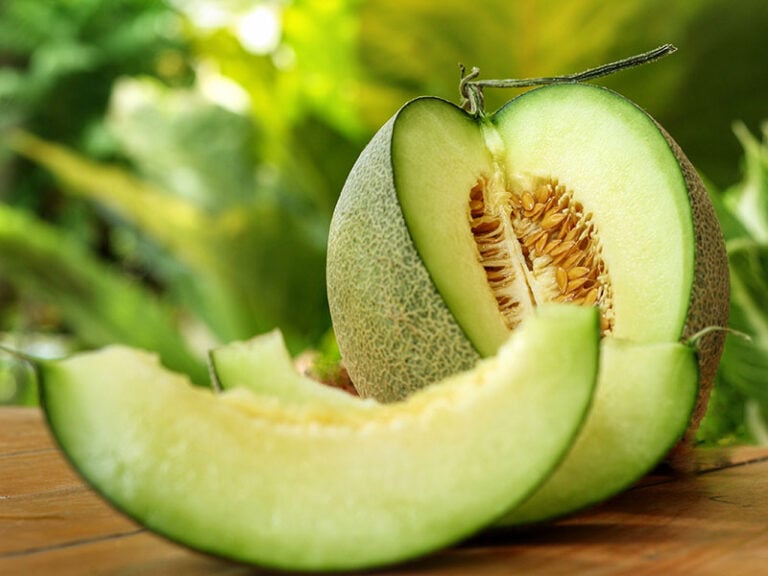
Honeydew Melon
Honeydew is a sweet, watery melon known for its smooth, pale green flesh.
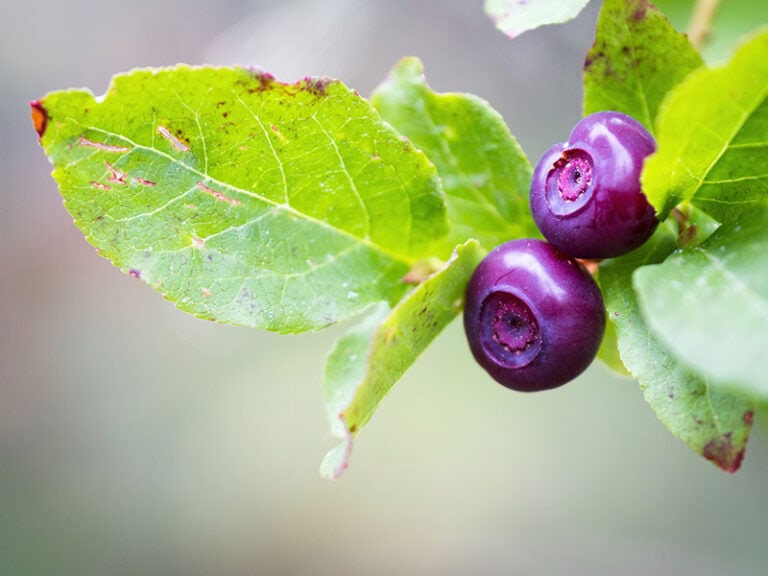
Huckleberry
Huckleberry refers to small, blueberry-like fruits native to North America, celebrated for their tart flavor.
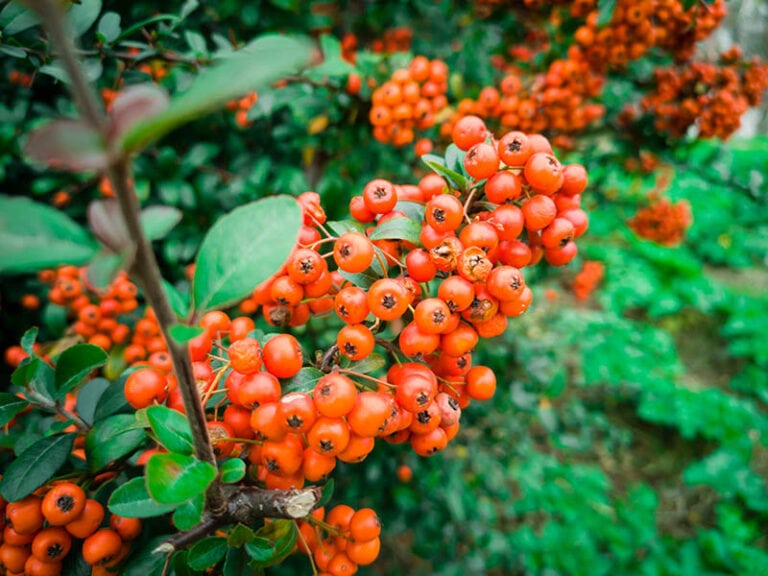
Hackberry
Hackberry is a type of small berry from the hackberry tree, known for its sweet taste and hard pit.
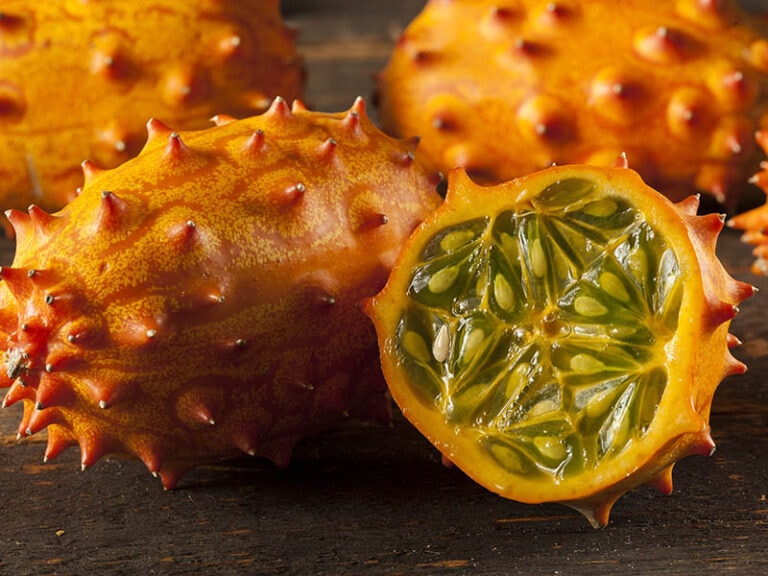
Horned Melon
Horned melon (also known as Kiwano) is an exotic fruit with a spiky orange exterior and a green, jelly-like interior.
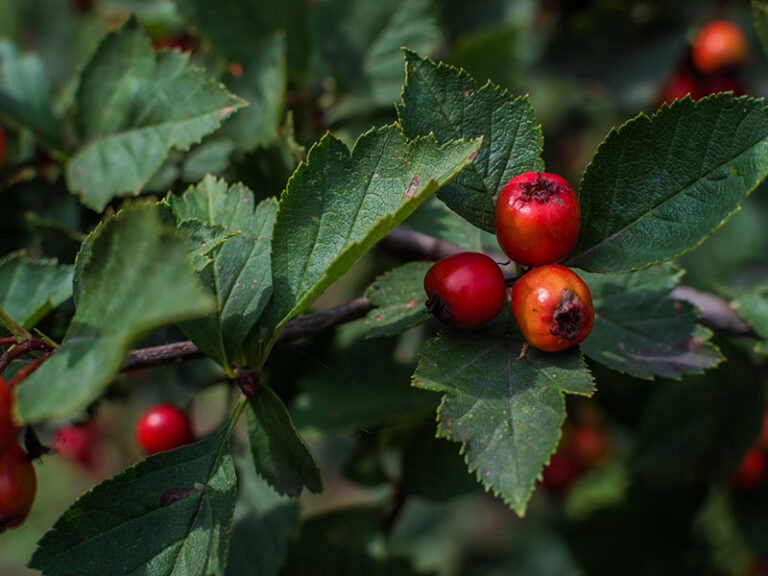
Hawthorn Fruit
Hawthorn fruit, from the hawthorn tree, is small, apple-like, and commonly used in traditional medicine and culinary practices.
Keep in mind, this list is just a starting point. There are plenty more H fruits out there to explore.
I hope you found this exploration as enlightening as I did. If you’ve had any personal experiences or recipes with these vegetables, don’t hesitate to leave a comment. And if you like the article, why not share it with fellow food enthusiasts?
Keep your culinary curiosity alive by exploring our entire series on vegetables from A to Z—each letter has something delicious to offer!


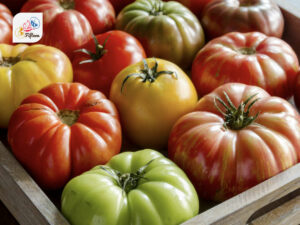
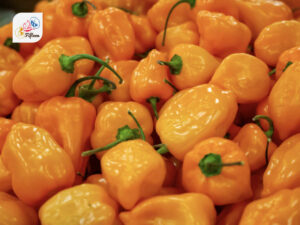
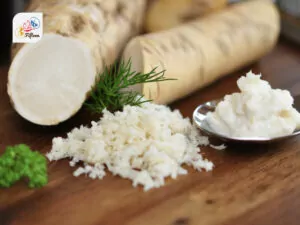
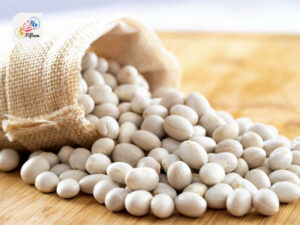
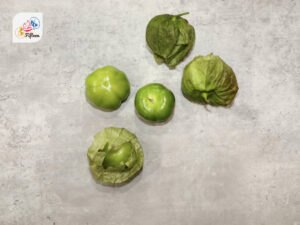
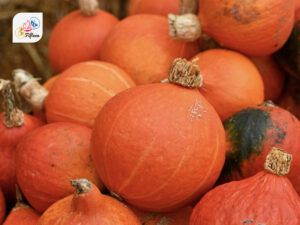
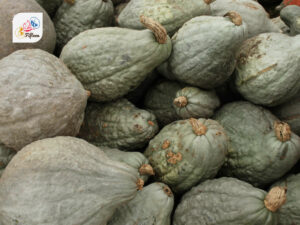
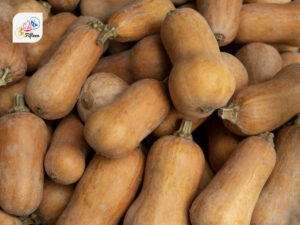
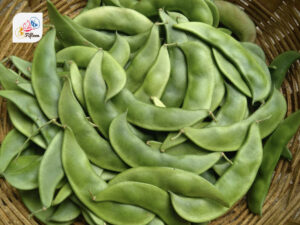
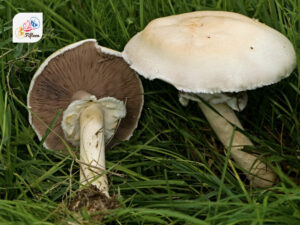
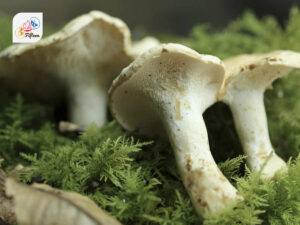
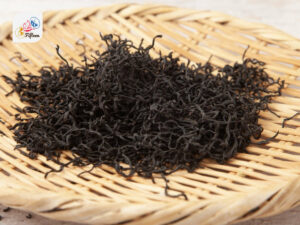

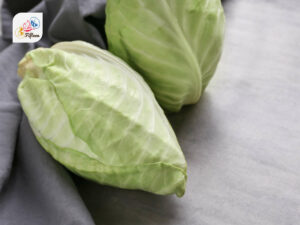
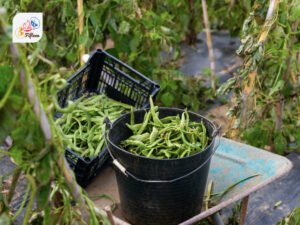
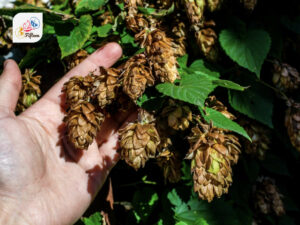
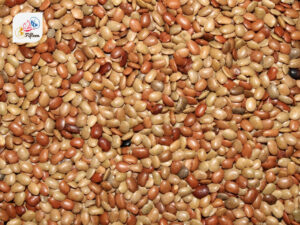
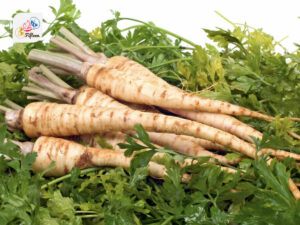
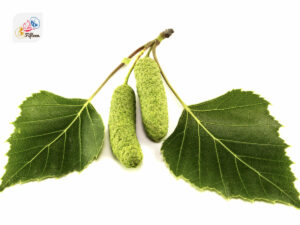
Jamie Scott
Editor in Chief, Senior Content Writer
Expertise
Home Cooking, Meal Planning, Recipe Development, Baking and Pastry, Food Editor, Cooking-video Maker, Western Food Evaluation Expert
Education
Le Cordon Bleu College of Culinary Arts
Local Community College, New York, NY
Jamie Scott is a skilled culinary expert and content creator specializing in Western cuisine. With over 15 years in the culinary field and formal training from Le Cordon Bleu, Paris, Jamie deeply understands how to blend nutrition with delicious flavors. His passion for cooking matches his commitment to making healthy eating accessible and enjoyable.
On Fifteen.net, Jamie brings a fresh perspective to classic dishes and beverages, offering readers insightful recipes, cooking tips, and a fresh view on meal planning that emphasizes taste, health, and simplicity.